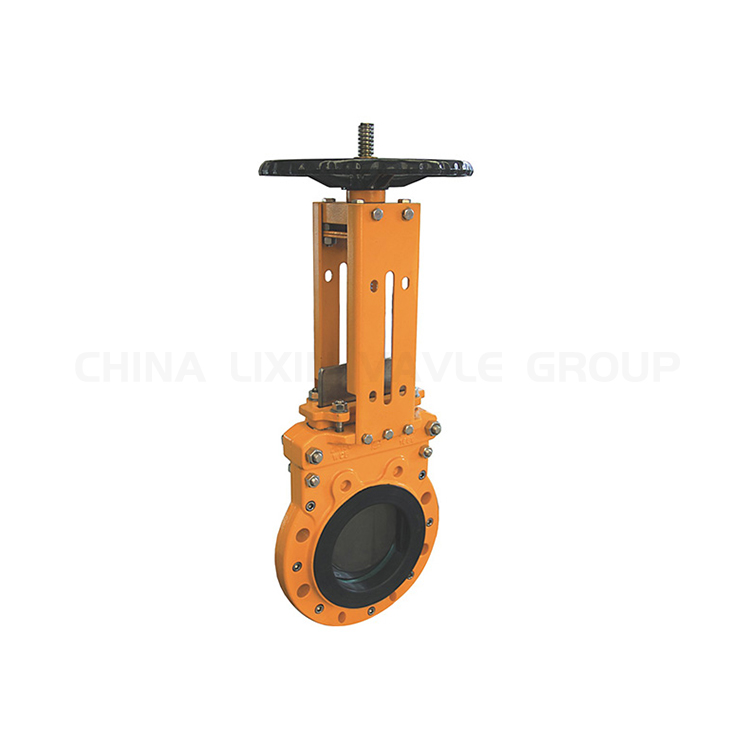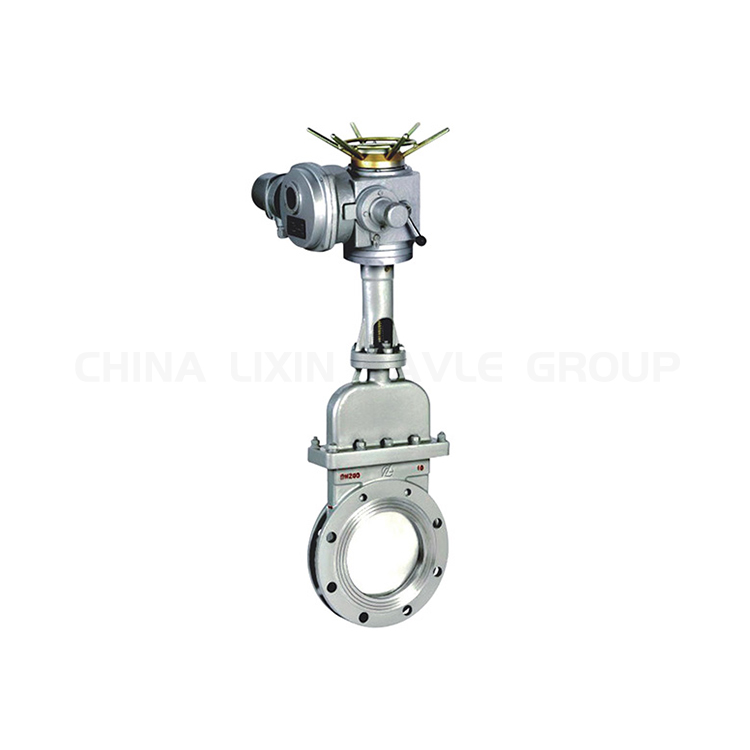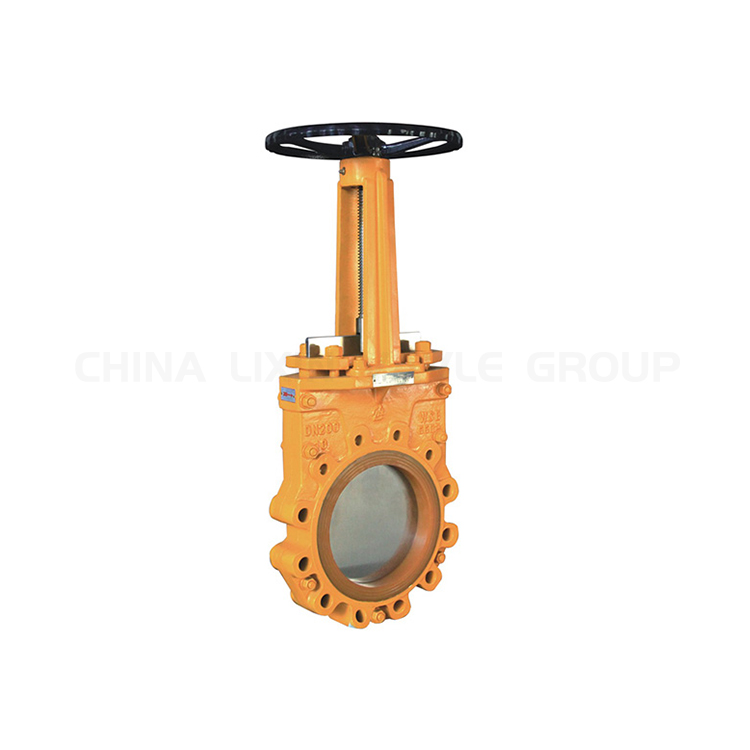Choosing the Right Gate Valve: Rubber Lined vs. Metal Seated
When selecting a gate valve, one crucial decision is choosing between a rubber-lined and a metal-seated valve. Both types have their own advantages and disadvantages, and understanding these differences is critical for making the right choice for your specific needs.
Rubber-lined gate valves
These valves feature a rubber lining on the inside of the valve body and around the gate. This lining provides excellent sealing capabilities, making them ideal for applications requiring tight shut-off, such as water treatment and wastewater management. Additionally, the rubber lining offers good resistance to corrosion and abrasion, increasing the valve’s lifespan.
However, rubber-lined valves have limitations. They are typically not suitable for high-temperature applications, as the rubber can degrade under extreme heat. Additionally, they may be susceptible to damage from certain chemicals and solvents.
Metal-seated gate valves
These valves feature metal-to-metal contact between the gate and the valve body. This design makes them highly durable and suitable for high-pressure and high-temperature applications. Metal-seated valves are also generally more resistant to chemicals and solvents than their rubber-lined counterparts.
However, metal-seated valves may not provide as tight a seal as rubber-lined valves, particularly over time as the metal surfaces wear. This can lead to leaks and reduced efficiency.
Choosing the right valve
When selecting a gate valve, consider the following factors:
Application: What type of fluid or gas will be flowing through the valve?
Temperature and pressure: What are the operating temperature and pressure ranges?
Corrosion and abrasion resistance: Is the valve exposed to corrosive or abrasive materials?
Required shut-off tightness: Does the application require a completely leak-proof seal?
Consulting with a reputable gate valve manufacturer can help you choose the right valve for your specific needs. They can provide expert advice and guidance based on their extensive knowledge and experience.
Ultimately, the choice between a rubber-lined and a metal-seated gate valve depends on the specific application requirements. By carefully considering the factors mentioned above and working with a trusted manufacturer, you can ensure you select the best valve for optimal performance and longevity.










